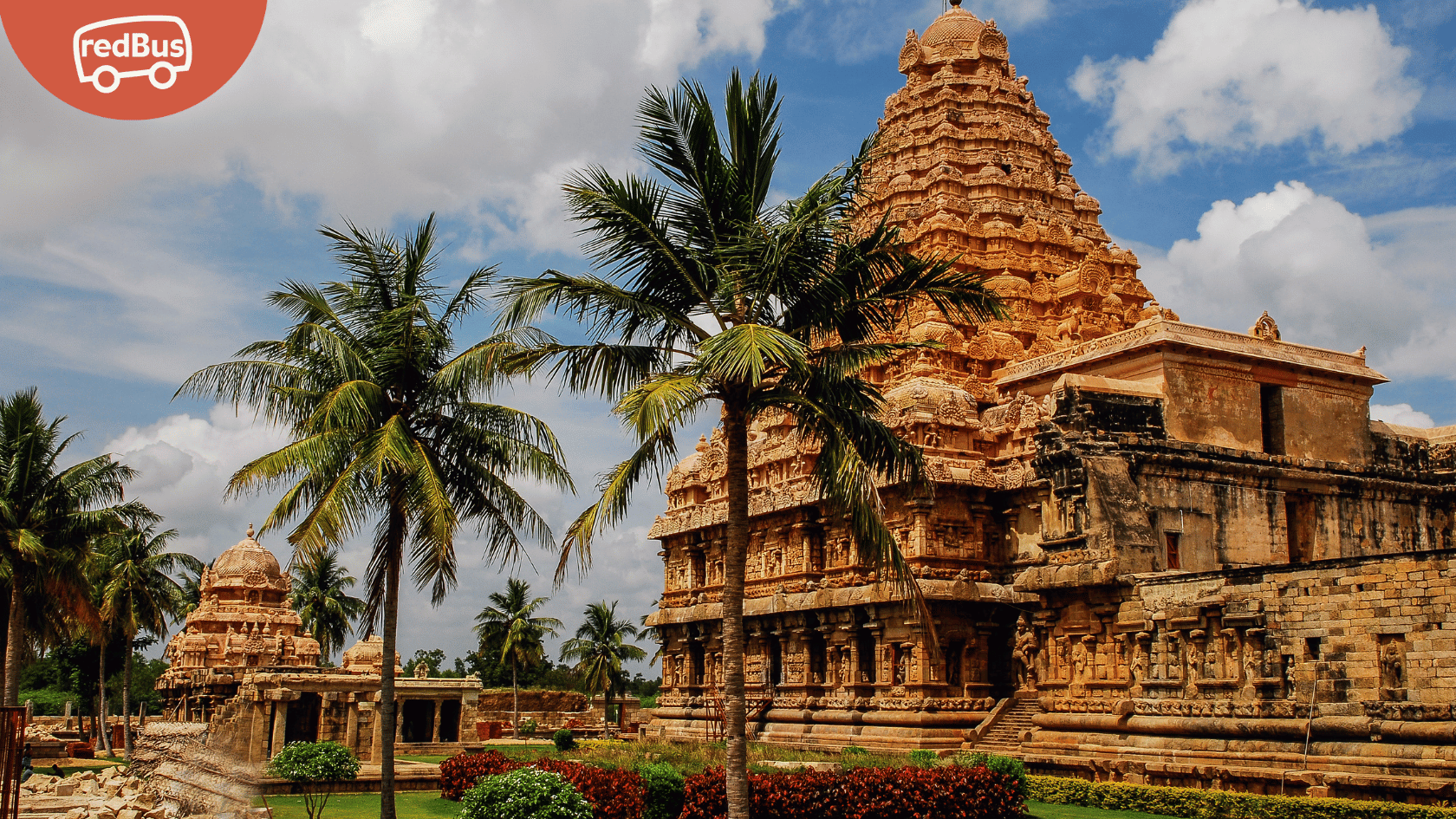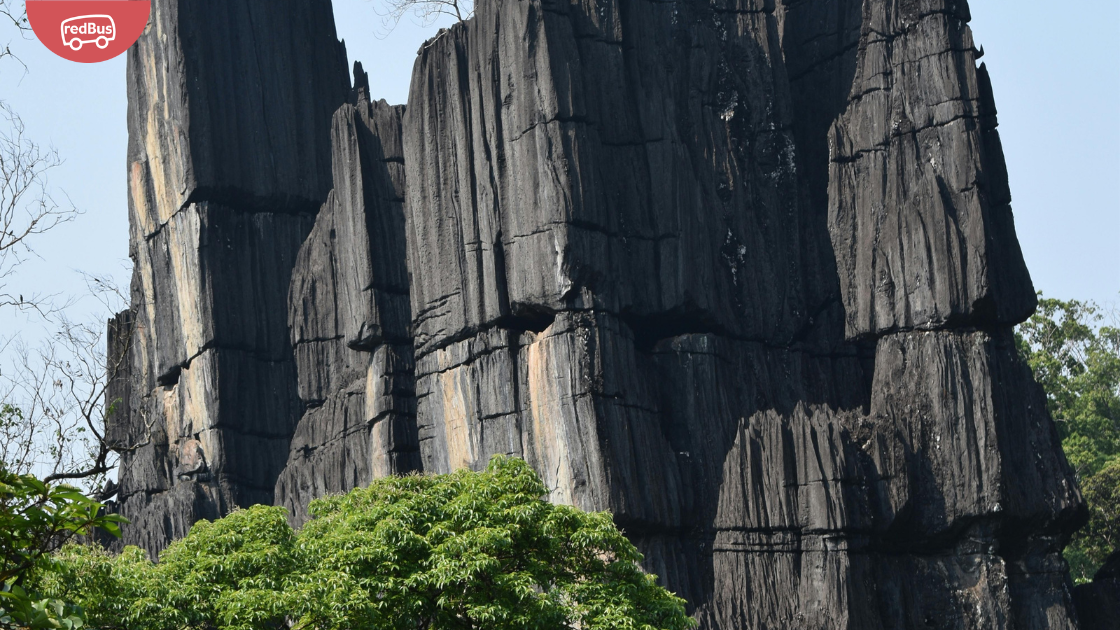Nestled along the picturesque Coromandel Coast of Tamil Nadu, Mahabalipuram is a treasure trove of ancient history, architectural wonders, and serene beaches. Also known as Mamallapuram, this charming town boasts a rich cultural heritage dating back to the Pallava dynasty, making it a must-visit destination for history buffs, art enthusiasts, and nature lovers alike. Join us on a virtual journey as we uncover the timeless allure of Mahabalipuram and explore the myriad attractions and experiences it has to offer.
A Glimpse into History of Mahabalipuram:
Mahabalipuram’s history dates back to the 7th century CE when it flourished as a bustling seaport under the patronage of the Pallava kings. The town served as a thriving center of trade and commerce, attracting merchants from distant lands and fostering cultural exchanges between India and the rest of the world. Today, Mahabalipuram stands as a testament to its glorious past, with its ancient monuments and rock-cut sculptures offering glimpses into the architectural and artistic brilliance of the Pallava dynasty.
Things to Do in Mahabalipuram:
Explore the Shore Temple:
Start your journey in Mahabalipuram by visiting the iconic Shore Temple, a UNESCO World Heritage Site and one of the oldest structural stone temples in South India. Dedicated to Lord Shiva and Lord Vishnu, this magnificent temple complex overlooks the Bay of Bengal and is renowned for its stunning Dravidian architecture, intricate carvings, and mesmerizing sunsets.
Marvel at the Pancha Rathas:
Next, make your way to the Pancha Rathas, a group of five monolithic rock-cut temples that resemble chariots. Each Rath (chariot) is carved out of a single granite boulder and represents a different architectural style, ranging from the simple Dharmaraja Rath to the elaborate Draupadi Rath. Take your time to admire the exquisite craftsmanship and intricate detailing of these ancient structures.
Visit the Descent of the Ganges:
No trip to Mahabalipuram is complete without witnessing the Descent of the Ganges, also known as Arjuna’s Penance. This colossal bas-relief, carved on a massive granite rock face, depicts scenes from Hindu mythology, including the descent of the sacred river Ganges and the penance of Arjuna. Marvel at the intricate details and symbolic representations as you contemplate the spiritual significance of this ancient masterpiece.
Relax at Mahabalipuram Beach:
After a day of sightseeing, unwind and rejuvenate at Mahabalipuram Beach, a pristine stretch of golden sand fringed by palm trees and gentle waves. Whether you’re lounging in the sun, taking a leisurely stroll along the shore, or enjoying water sports like surfing and swimming, the beach offers a tranquil escape from the hustle and bustle of city life.
Explore the Mahabalipuram Temples:
Mahabalipuram is home to several other ancient temples and religious monuments, each with its own unique architectural style and historical significance. Don’t miss the Krishna Mandapam, a rock-cut cave temple adorned with exquisite carvings of Lord Krishna and his consort Radha, or the Varaha Cave Temple, dedicated to Lord Vishnu in his Varaha avatar.
Discover the Mahabalipuram Lighthouse:
Climb to the top of the Mahabalipuram Lighthouse for panoramic views of the coastline and surrounding landscape. From its vantage point, you can enjoy breathtaking vistas of the Bay of Bengal and the town’s historic monuments, making it a popular spot for photography enthusiasts and nature lovers.
Experience Cultural Performances:
Throughout the year, Mahabalipuram hosts various cultural events and festivals celebrating the region’s rich heritage and artistic traditions. Don’t miss the Mamallapuram Dance Festival, held annually in December-January, where classical dancers from across India showcase their talent against the backdrop of the town’s ancient monuments.
Famous Temples in Mahabalipuram:
Shore Temple:
Built in the 8th century CE by King Narasimhavarman II, the Shore Temple is dedicated to Lord Shiva and Lord Vishnu. Its unique location on the shores of the Bay of Bengal and its exquisite Dravidian architecture make it one of the most iconic landmarks in Mahabalipuram.
Pancha Rathas:
Also known as the Five Rathas, these monolithic rock-cut temples are named after the Pandava brothers and their wife Draupadi from the epic Mahabharata. Each Rath represents a different architectural style and is carved out of a single granite boulder, showcasing the Pallava dynasty’s architectural prowess.
Krishna Mandapam:
This rock-cut cave temple is dedicated to Lord Krishna and features intricately carved sculptures depicting scenes from his life, including his playful antics as a child and his exploits as a warrior and statesman. The temple’s exquisite carvings and serene ambiance make it a popular pilgrimage site for devotees of Lord Krishna.
Varaha Cave Temple:
Dedicated to Lord Vishnu in his Varaha avatar (boar incarnation), the Varaha Cave Temple features a magnificent bas-relief of Lord Vishnu rescuing the goddess Earth (Bhudevi) from the demon Hiranyaksha. The temple’s stunning architecture and intricate carvings make it a must-visit destination for history and architecture enthusiasts.
Mahishasuramardini Cave Temple:
This rock-cut cave temple is dedicated to Goddess Durga in her Mahishasuramardini form, depicting her slaying the buffalo demon Mahishasura. The temple’s intricate carvings and architectural elegance make it a testament to the Pallava dynasty’s devotion to the divine feminine.
Conclusion:
Mahabalipuram, with its ancient temples, rock-cut sculptures, and serene beaches, offers a captivating blend of history, art, and natural beauty. Whether you’re exploring the town’s architectural wonders, relaxing on its golden sands, or immersing yourself in its vibrant culture, Mahabalipuram promises an unforgettable journey through time and tradition. As you wander through its historic streets and marvel at its timeless monuments, you’ll discover why Mahabalipuram continues to captivate the hearts and minds of travelers from around the world.



